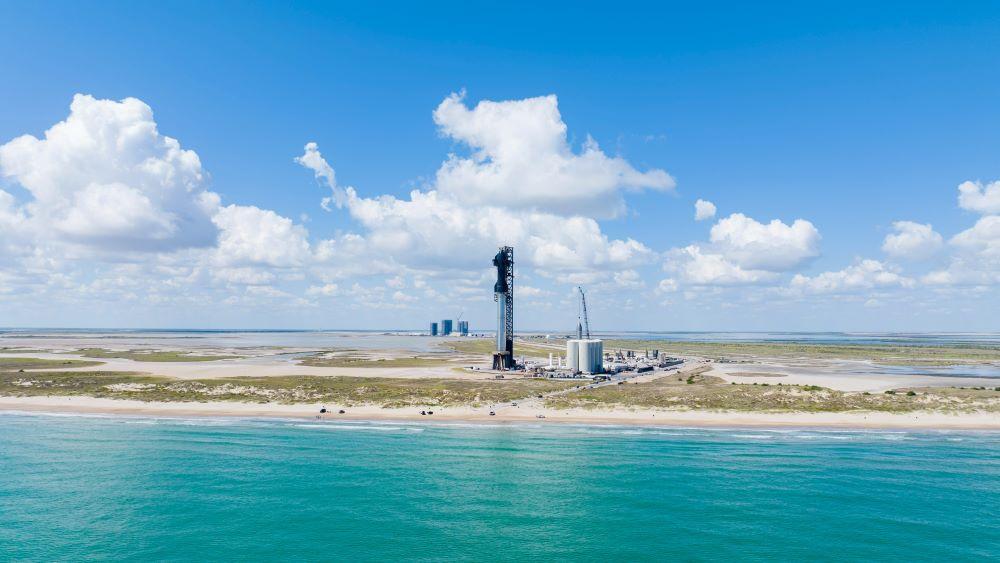
Starship
Credit: SpaceX
As SpaceX prepares for the second flight test of the Starship-Super Heavy launch system, founder, CEO and Chief Technology Officer Elon Musk is looking ahead to future versions of the superheavy, rapidly reusable launcher with three times the lift capacity of NASA’s Space Launch System (SLS) and...
Subscription Required
Musk Outlines Plan For Starship Upgrade is published in Aerospace Daily & Defense Report, an Aviation Week Intelligence Network (AWIN) Market Briefing and is included with your AWIN membership.
Already a member of AWIN or subscribe to Aerospace Daily & Defense Report through your company? Login with your existing email and password.
Not a member? Learn how you can access the market intelligence and data you need to stay abreast of what's happening in the aerospace and defense community.





